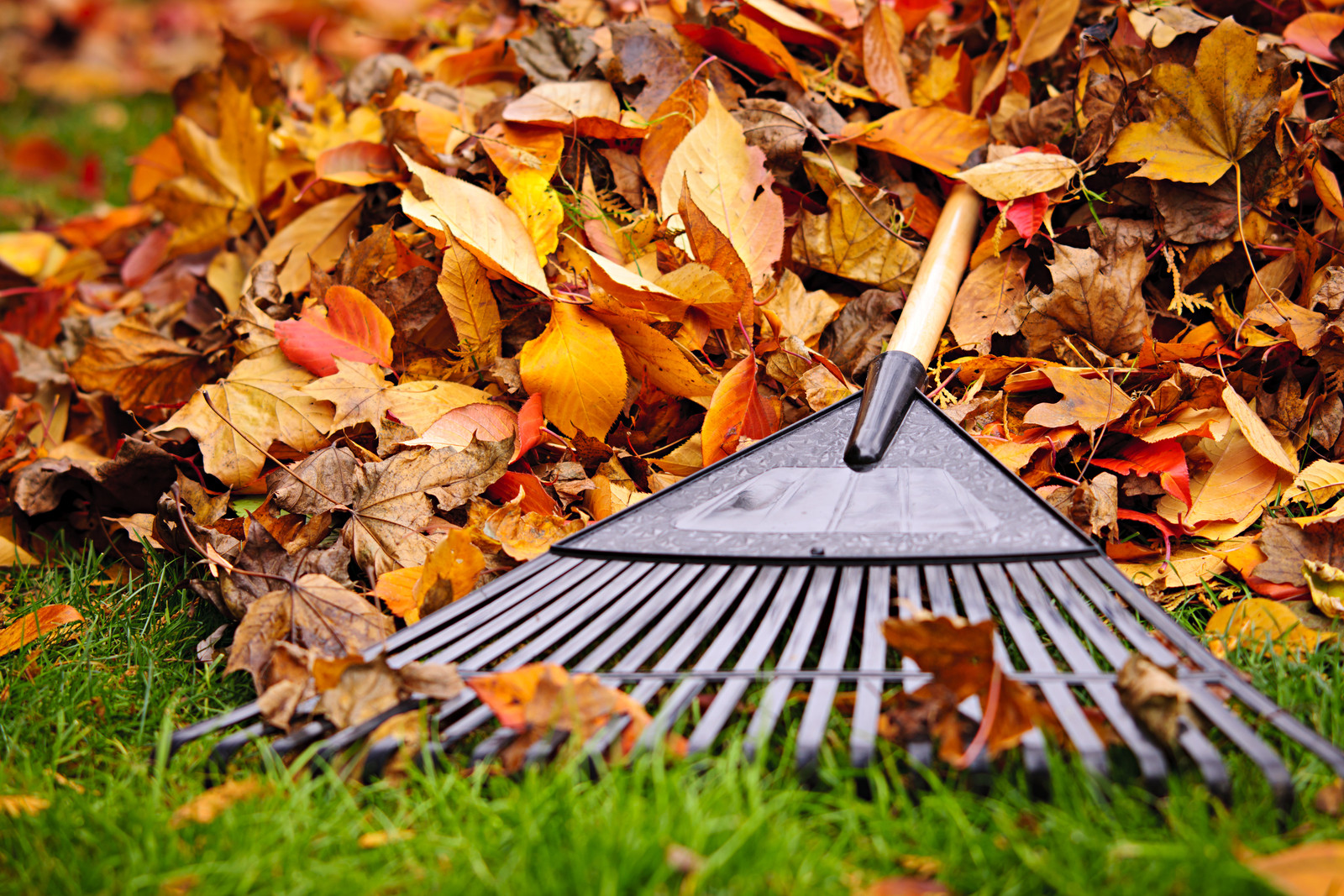Composting is a natural, sustainable process of transforming organic waste into nutrient-rich soil. However, it relies on several key factors to function optimally, including compost aeration. Proper compost aeration is vital for the survival and activity of aerobic microorganisms, the primary drivers of the composting process. This article aims to provide insights into recognizing and fixing poor aeration in compost, helping you ensure that your compost pile stays healthy and efficient.
Recognizing Poor Compost Aeration
The first step towards solving compost aeration issues is recognizing when your compost pile lacks adequate oxygen. Here are a few signs that your compost pile might be suffering from poor aeration:
- Slow Decomposition: If the composting process seems unusually slow or the pile does not heat up, poor aeration might be the cause. Aerobic bacteria, essential for speedy decomposition, need ample oxygen to thrive. Otherwise, your material will rot instead of decompose.
- Unpleasant Odor: A healthy compost pile has an earthy smell. However, if the compost pile begins to emit a foul, rotten-egg-like odor, it could indicate anaerobic decomposition, indicating poor aeration. This is often what happens in a landfill. Even organic materials in landfills can’t compost because of a lack of aeration (and some other factors).
- A Compact or Dense Pile: A densely packed compost pile can inhibit airflow. If your compost pile seems overly compact or matted, particularly with grass clippings or leaves, it may not get enough air.
Fixing Poor Aeration
Once you have identified the issue, there are several strategies you can employ to improve compost aeration in your compost pile:
- Turning the Compost: Turning your compost is the most straightforward and common method to increase aeration. Turning compost is mixing it up. Turning compost has several benefits, including mixing air into the compost pile, mixing the browns and greens for better composting, regulating the temperature, and reducing the density of the material. Regularly turning the compost pile using a pitchfork or a compost-turning tool allows air to penetrate deeper into the pile, enhancing oxygen flow and promoting the activity of aerobic microbes. You typically want to turn your compost no more than every few days. If you turn it too often, it may not heat up enough.
- Adding Bulky Materials: Normally, we want our material to be smaller to speed up composting. Incorporating bulky, coarse materials like straw, twigs, or wood chips into your compost pile can create air pockets and improve aeration. They create pockets where air can get trapped and help the microbes. This doesn’t mean you should add boards or similar to your compost. Adding straw, twigs, and ripped-up paper can help create the space you need for aeration. Generally, these will be brown materials, and if you look through the brown materials that are compostable, you’ll see several fairly solid items that will add structure to your compost pile, allowing for proper aeration.
Sample Brown Composting Materials
- Using Compost Aerator Tools: This is also turning your compost, but instead of just mixing it up by hand, you use tools to get down into the depths of your compost pile and mix materials up. These tools usually look like large corkscrews; funny enough, they’re called aerators. Numerous compost aerator tools available on the market can help increase the airflow to your compost. These tools are designed to reach into the compost pile and create channels for air without the need for complete turning.
- Proper Sizing of Material: Chopping, ripping up, or shredding your compost materials into smaller pieces can improve aeration. Smaller pieces have a greater surface area for microbes to work on, accelerating the composting process.
- Creating a Compost Bin with Proper Ventilation: If you’re using a compost bin or tumbler, ensure it has adequate ventilation holes. These containers need to be designed or modified to allow sufficient airflow.
Good compost aeration is fundamental to a thriving compost pile. Understanding the signs of poor aeration and how to remedy the situation can vastly improve your composting success. By regularly turning your compost, adding bulky materials, using aeration tools, properly sizing your materials, and ensuring your compost bin has sufficient ventilation, you can create an optimal environment for decomposition. With these practices, your compost pile will remain healthy, productive, and ready to create nutrient-rich soil for your gardening needs.



